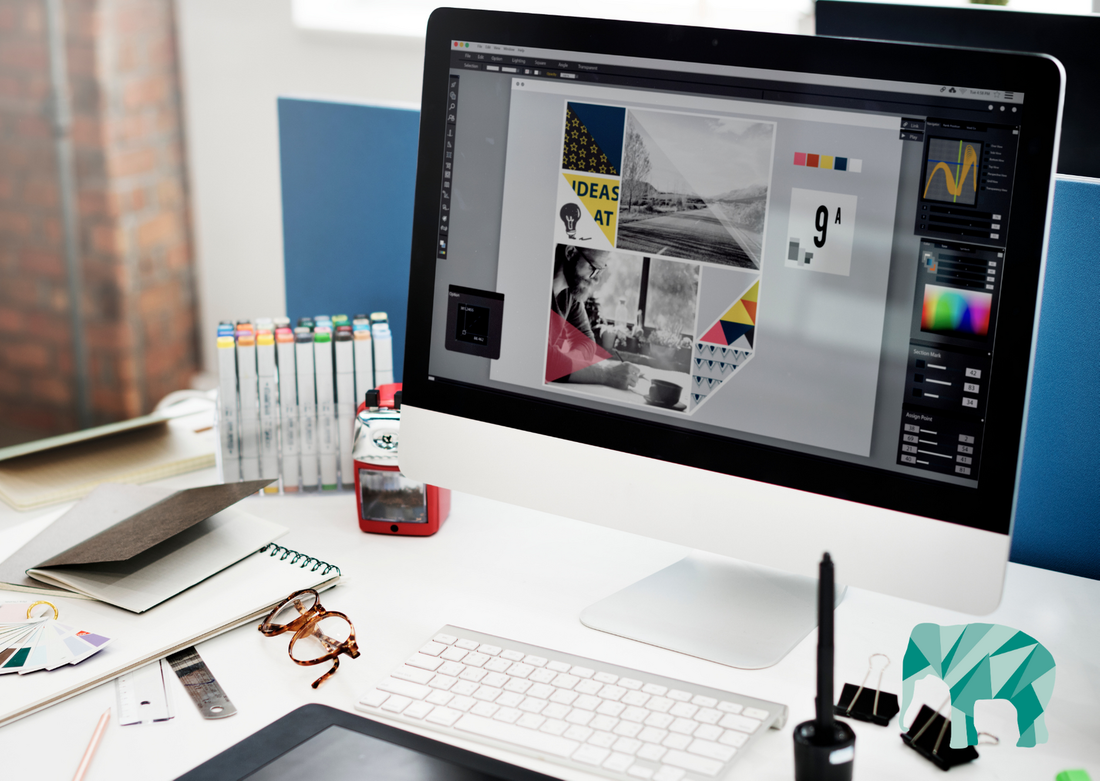|
Are you overwhelmed by the graphic design terms you see around? Trying to get a file ready for print but don’t know what is required? What is a ‘print safe zone’ or ‘bleed’? For this months One Bite Design blog I thought I would take the time to clarify a few commonly used graphic design terms and explain them for you. Buckle in… I hope you find this helpful!  5 Commonly Used Graphic Design Terms Explained:
1 Comment
|
One Bite Design BLOGCheck out these amazing blogs. Loads of great information and tips. Categories
All
Previous Blogs
April 2024
|
